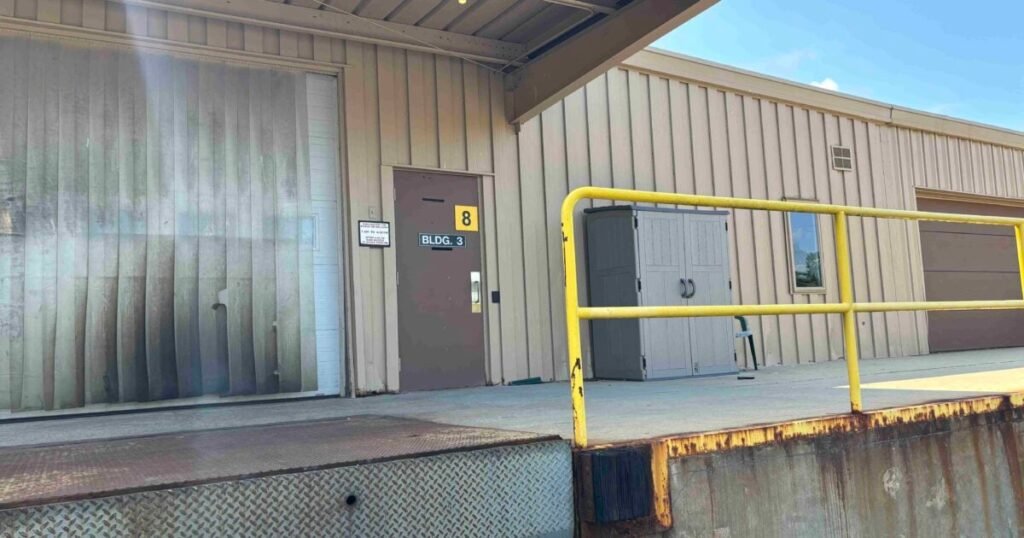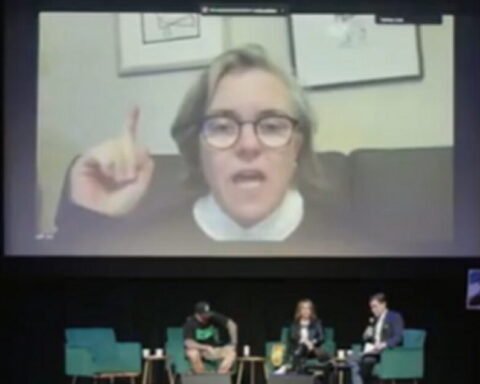By Michael Every of Rabobank
Yesterday saw a huge beat in US retail sales with upwards revisions to back data, albeit eagle-eyed observers noting the non-seasonally adjusted data said the opposite. Regardless, they weren’t what everyone focused on.
Neither was the IMF, who in ‘The World Economy is in a Sticky Spot’ warned upside risks to inflation had increased due to sticky services inflation, raising the prospect of even higher-for-longer rates. Yet their warning came just before Q2 Kiwi CPI at 0.4% q-o-q (vs. 0.5% consensus), led by -0.5% goods inflation (vs. -0.1%), seeing y-o-y CPI at 3.3% (vs. 3.4%) even as services inflation was 0.9% q-o-q (vs. 0.8%), started market talk of the RBNZ –a formerly hawkish canary/kiwi in the mine– cutting rates in August. That doesn’t mean the IMF aren’t right –and a key German union are asking for a 7% pay rise to catch up with past inflation– but markets clearly aren’t interested now.
Rather, the focus of attention is on ‘the Trump Trade’ – and, as our Rates Strategy team have already been noting, the message is less “IMF” than “IMF’d if I know”. In which case, let’s go to the man himself: Trump just gave an interview to Bloomberg full of specificity, ambiguity, and inherent contradictions:
“Trumponomics,” says Trump, means “low interest rates and taxes,” as well as a “tremendous incentive to get things done and to bring business back to our country.” That sounds clear enough. However, we already have contradictions.
- On rates, Trump says Powell can stay on to the end of his term as Fed Chair, “especially if I thought he was doing the right thing.” But what does that mean? For one, that the Fed shouldn’t be cutting rates before the election. “It’s something that they know they shouldn’t be doing,” he says. Not because Trump read the IMF brief, but because he doesn’t want Powell to give Biden a boost. Welcome to the future of monetary policy which, to be fair, is also much of its past: we just pretend it hasn’t been. It seems that questions will linger about Fed independence, at least in terms of more pliable staffing, should Trump win.
- On taxes, the message is also stimulatory. Ttump wants to renew his 2017 tax cuts, at a cost of $4.6trn, and reduce corporate tax to 15%. How that doesn’t blow the federal deficit out to peak WW2 levels in peace time remains to be seen – unless the Fed is leaned on to cut rates; on which, Trump also just talked about a 1% Fed Funds rate, and how that made government spending and tax cuts much more workable.
Other key elements of Trumponomics are also inflationary. In particular, he sees “harsh restrictions” on immigration as key to boosting domestic wages and employment and characterizes immigration restrictions as “the biggest [factor] of all” in how he’d reshape the US economy. A politician who wants to see higher wages and is willing to reduce labour supply to get them has been anathema for decades in economic circles.
- Moreover, the other centrepiece of Trumponomics remains tariffs. As Bloomberg puts it, ”He keeps circling back to William McKinley –who he dubs “the Tariff King”– for raising enough revenue through tariffs during his turn-of-the-20th-century presidency to avoid instituting a federal income tax, without appropriate credit. “McKinley made this country rich,” Trump says. “He was the most underrated president,” while his successors squandered his legacy on costly government programs and threw away an important tool for economic statecraft. “I can’t believe how many people are negative on tariffs that are actually smart,” Trump says. “Man, is it good for negotiation. I’ve had guys, I’ve had countries that were potentially extremely hostile coming to me and saying, ‘Sir, please stop with the tariff stuff.’”
- Clearly, those thinking Trump won’t use tariffs, or will only impose token ones because of inflation, are not reading the room correctly, just old textbooks. Trump says he intends to raise tariffs on China to 60-100%, and on the EU too, to an unspecified level, and will impose a 10% across-the-board tariff on imports from other countries.
The only area on which Trump states he can lower prices immediately is via energy costs, via more drilling – and more green tensions with Europe and the UK. All else is stimulus and inflation.
Trump has also done an about-turn on crypto, picking up a ball that the Democrats were trying to puncture. That would also unleash a further set of asset-price mania that doesn’t exactly scream the need for lower rates.
Trump is also now pro-TikTok. But, it seems, only because he’s so anti-Facebook, and other Big Tech. He bears grudges, after all.
Pointedly, Trump makes clear that this time round, he means business. “Now, I know everybody. Now, I am truly experienced.” He floats Jamie Dimon as a potential Treasury Secretary, as sharp a contrast with the other name touted, former USTR Robert Lighthizer, as possible. One would deliver go-go asset growth; the other is all about tariffs and production. Which is it to be? Or can it really be both?
Don’t ask economists. It’s impossible to model the dynamics of the above when static (tacitly political-) macroeconomic models don’t include the assumptions these policies are based on. To cut through that intellectual morass for you, high tariffs and loose fiscal policy can mean either a stagflationary bust or an inflationary boom, eventually followed by lower inflation due to a supply-side production response (ZH: this is what Michael Hartnett suggested last month in “Hartnett: The Experts Are All Wrong About Inflation Under A Trump Presidency“). That’s what China achieved, after all. But in the US case, there is not much chance of an immediate fall in inflation that markets, and the Fed, would want to see.
Unless the Fed is made to see things differently. Yet how can that not have an upwards impact on longer yields, assuming a boom, not a bust? Unless that then involves Yield Curve Control: in which case, the long dollar policy seems less attractive (and gold and crypto more so).
Until one considers there would soon be far fewer dollars available outside the US via trade, so there would be a huge squeeze on the Eurodollar market – which is very much a risk off dollar positive. That then opens the door for Fed swaplines to become even more geostrategic.
Then we have the related foreign policy dimension, where Trump is very warm on Saudi relations (because cheap oil), and very cool on the idea of protecting Taiwan, instead suggesting they should pay for the US to defend them – a framework that could easily be applied to others, including Europe. If one is having to render unto Caesar what is Caesar’s, it suggests being long, not short, the dollar.
To conclude, even after listening to Trump directly, it’s hard to say what will happen next – and the more orthodox one is in one’s thinking, the truer that is.
That in itself needs to be reflected in markets. Indeed, recall that on election day 2016, stocks were plunging as Trump moved ahead of Clinton, then suddenly reversed as if they only just realized what it meant. Expect many of those kinds of “Oh yeah!” lightbulb moments to come ahead if, as it seems, we are moving closer to Trumponomics 2.0 in 2025.
Source: ZeroHedge News
Disclaimer: TruthPuke LLC hereby clarifies that the editors, in numerous instances, are not accountable for the origination of news posts. Furthermore, the expression of opinions within exclusives authored by TruthPuke Editors does not automatically reflect the viewpoints or convictions held by TruthPuke Management.







